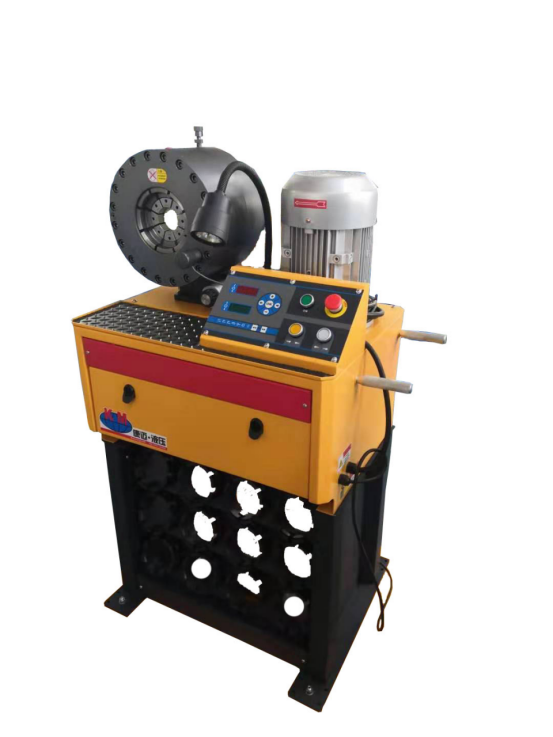335345435
Aug . 06, 2024 07:14 Back to list
High-Performance Thermoplastic Rubber Hoses for Versatile Applications and Enhanced Durability Solutions
Understanding Thermoplastic Rubber Hose A Versatile Solution
Thermoplastic rubber (TPR) hoses have gained popularity in various industries due to their unique properties and versatility. Understanding what thermoplastic rubber is, how it differs from traditional rubber, and its applications can shed light on why it is becoming a go-to material for hoses across different sectors.
What is Thermoplastic Rubber?
Thermoplastic rubber is a blended material that combines the advantageous properties of rubber with those of thermoplastics. Unlike traditional rubber, which is vulcanized and cannot be re-molded, thermoplastic rubber can be melted and reformed multiple times. This characteristic makes TPR highly adaptable, enabling manufacturers to create hoses in various shapes, sizes, and configurations.
TPR retains the elasticity, flexibility, and durability typical of rubber, while also being lightweight and resistant to chemicals, abrasion, and UV exposure. These attributes make it ideal for manufacturing hoses that need to withstand harsh environmental conditions and repeated use.
Advantages of TPR Hoses
One of the primary benefits of thermoplastic rubber hoses is their flexibility. They can bend and twist without significant effort, making them easy to maneuver in tight spaces. This flexibility helps reduce the risk of kinks and damages, which can lead to leaks or hose failure over time, a common issue with more rigid hoses.
Another significant advantage is their chemical resistance. TPR hoses are suitable for transporting a variety of fluids, including water, oils, and other chemical solutions. This property makes them highly desirable in many industries, including agriculture, automotive, and manufacturing.
Thermoplastic rubber hoses are also lightweight compared to traditional rubber hoses. This feature makes them easier to handle, transport, and install, which can significantly reduce labor costs and improve efficiency in operations.
thermoplastic rubber hose

Applications of Thermoplastic Rubber Hoses
The applications for thermoplastic rubber hoses are vast. In the automotive industry, they are commonly used for fuel lines, coolant hoses, and hydraulic systems, where resistance to temperature fluctuations and chemicals is crucial.
In the agricultural sector, TPR hoses are often employed for watering systems, irrigation, and chemical applications. Their durability and resistance to weather make them ideal for outdoor use, ensuring long-lasting performance despite exposure to the elements.
Additionally, thermoplastic rubber hoses are widely used in manufacturing, particularly for pneumatic applications and air supply lines. Their ability to handle high-pressure environments while maintaining flexibility makes them a reliable choice.
Moreover, the healthcare industry is beginning to recognize the potential of TPR hoses for medical applications, where hose integrity and sterilization are of utmost importance. TPR hoses can be designed to meet stringent regulatory standards, ensuring safety for various medical uses.
Environmental Considerations
Another notable aspect of thermoplastic rubber hoses is their environmental impact. As manufacturers increasingly emphasize sustainability, TPR can play a role in the production of eco-friendly hoses. Some thermoplastic rubber materials are recyclable, aligning with global efforts to decrease waste and promote sustainability.
Conclusion
In conclusion, thermoplastic rubber hoses represent a significant advancement in hose technology. Their unique blend of properties—flexibility, durability, chemical resistance, and versatility—make them a preferred choice across multiple industries. As demand for efficient and sustainable solutions grows, TPR hoses are poised to become an even more integral part of various operational frameworks, helping businesses optimize performance while minimizing environmental impact. Understanding and utilizing the advantages offered by thermoplastic rubber hoses can lead to smarter, more efficient applications in the modern industrial landscape.
-
SAE 100 R17 Black Smooth Cover Hydraulic Hose
NewsMar.07,2025
-
SAE 100 R17 Black Smooth Cover Hydraulic Hose
NewsMar.07,2025
-
SAE 100 R17 Black Smooth Cover Hydraulic Hose
NewsMar.07,2025
-
SAE 100 R17 Black Smooth Cover Hydraulic Hose
NewsMar.07,2025
-
SAE 100 R17 Black Smooth Cover Hydraulic Hose
NewsMar.07,2025
-
steel wire braided hydraulic hose
NewsMar.07,2025



